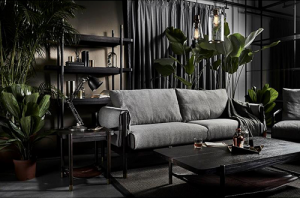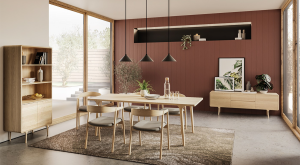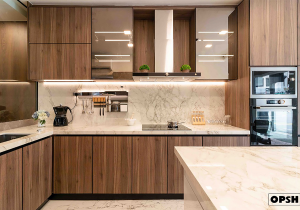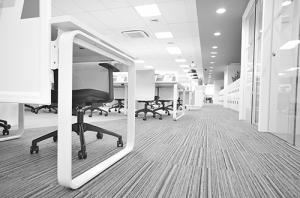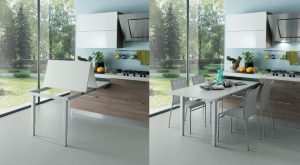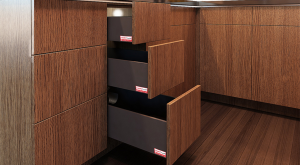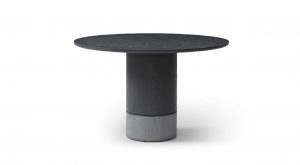Featured Post
Designing Multifunctional Spaces with Adaptable Furniture
Creating Multifunctional Spaces with Adaptable Furniture
Modern living spaces often require versatility to accommodate various activities and preferences. Creating multifunctional spaces with adaptable furniture allows homeowners to utilize their rooms for multiple purposes while maintaining comfort and style. This article will explore techniques and tips to achieve such enhancements in your home.
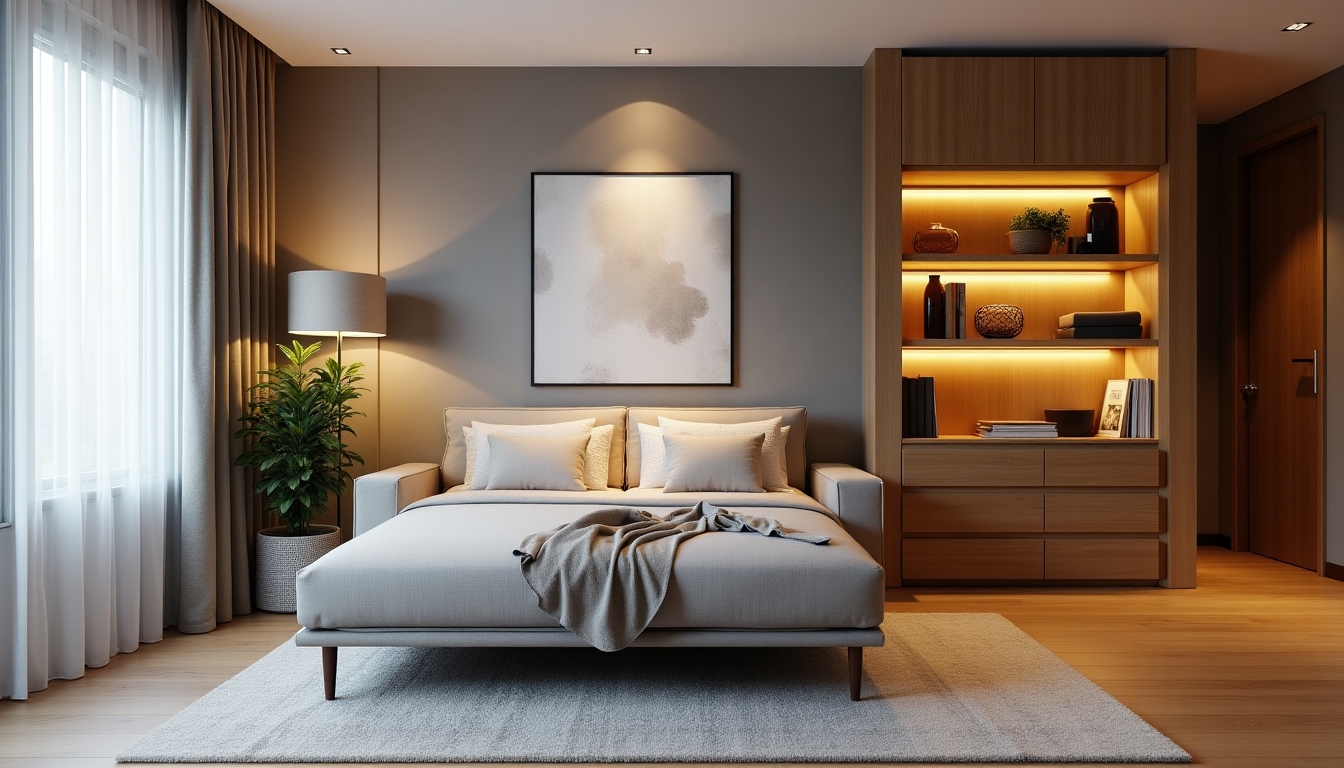
Why Choose Adaptable Furniture?
Adaptable furniture provides flexibility in smaller spaces or dynamic environments, enabling homeowners to adjust the functionality of a room without making permanent changes. For instance, a sofa bed can transform a living room into a guest bedroom, while expandable dining tables cater to both everyday meals and large gatherings.
- Benefits of Adaptable Furniture:
- Optimization of space
- Cost-effectiveness
- Environmental consciousness
- Modern designs suited to various aesthetics
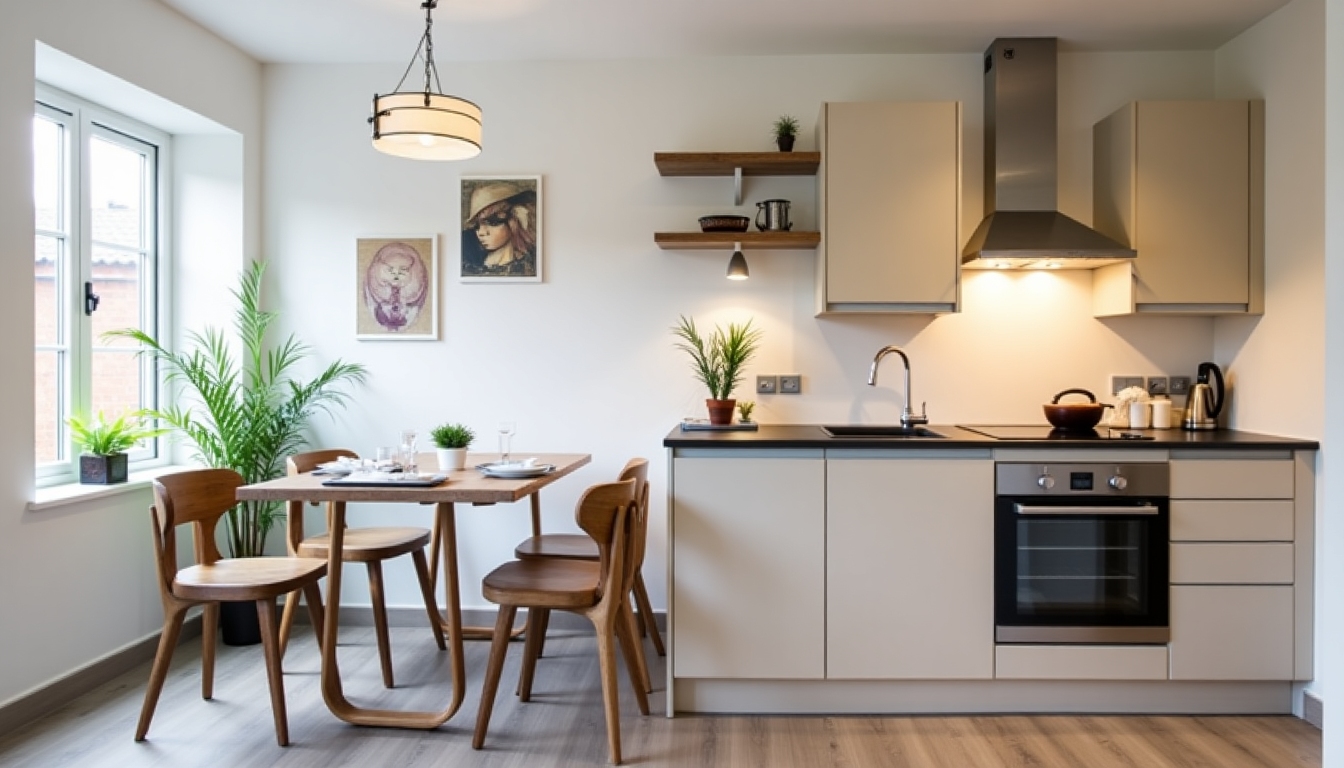
Top Furniture Options for Multifunctional Spaces
Here are some popular choices when designing multifunctional spaces using adaptable furniture:
- Sofa Beds: Ideal for converting living areas into sleeping quarters.
- Storage Ottomans: Combine seating with hidden storage for added convenience.
- Wall-Mounted Desks: Maximize vertical space while maintaining functionality.
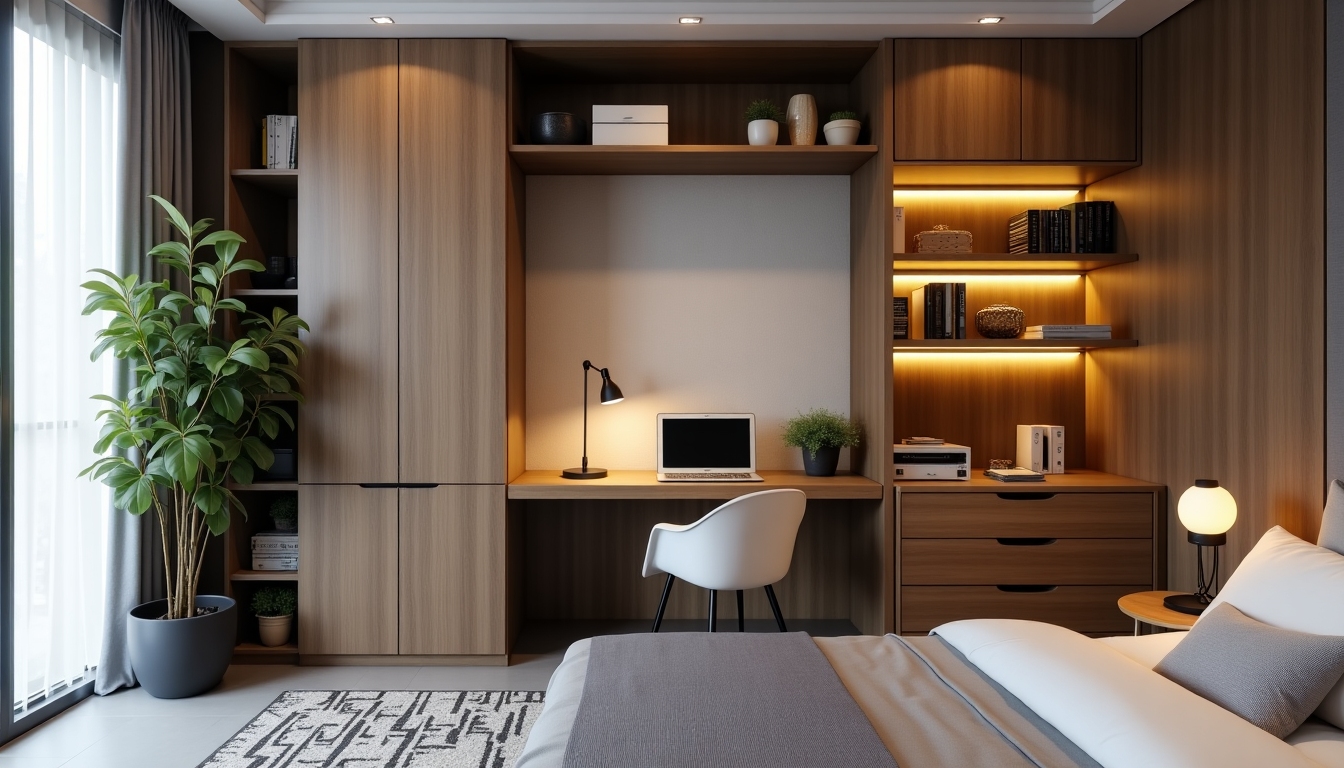
Tips for Designing with Adaptable Furniture
When planning to implement adaptable furniture in your spaces, consider these tips: - Evaluate your space and needs. - Opt for lightweight and modular pieces for easy reconfiguration. - Incorporate designs that blend well with your interior style. - Prioritize durability to ensure long-term use.
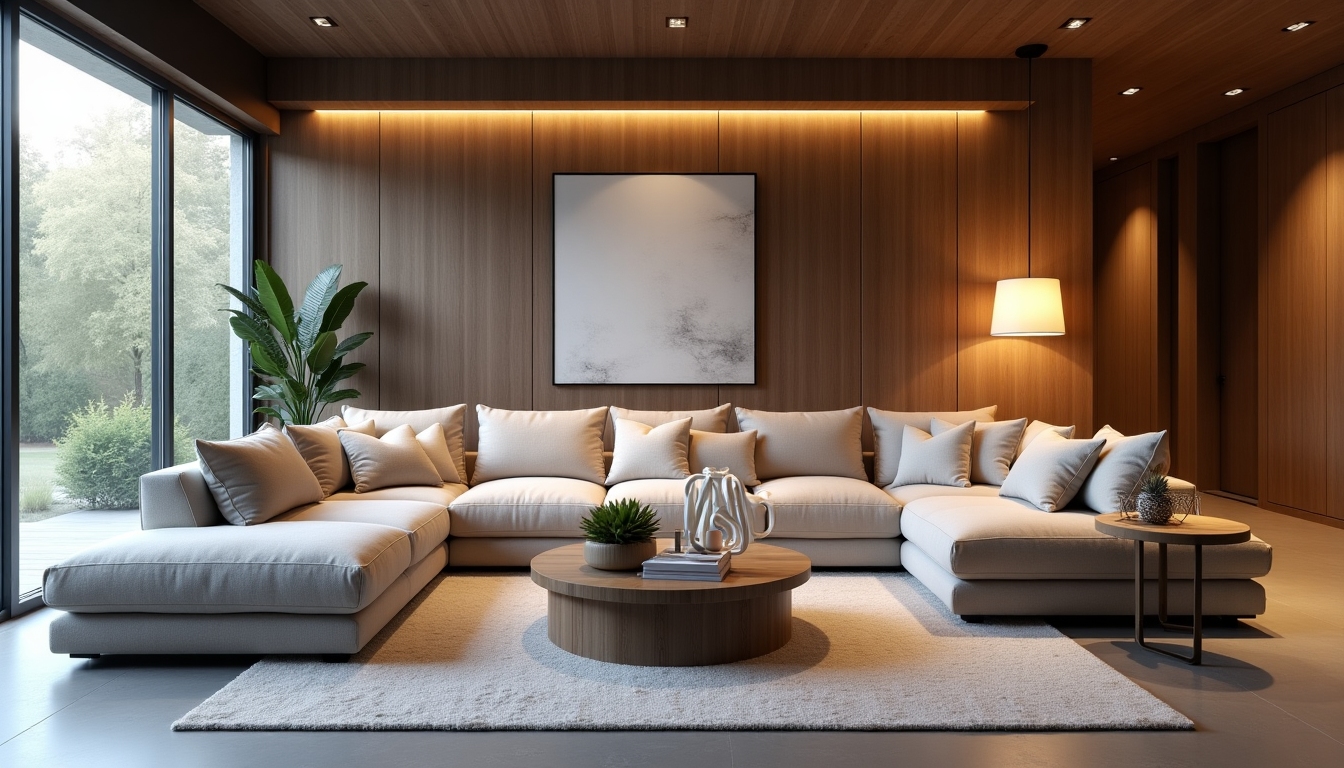
Conclusion
Enhancing your living space through multifunctional design and adaptable furniture not only optimizes usability but also fosters a comfortable and aesthetically pleasing environment. Selecting the right pieces and placing them correctly can significantly elevate any room.


